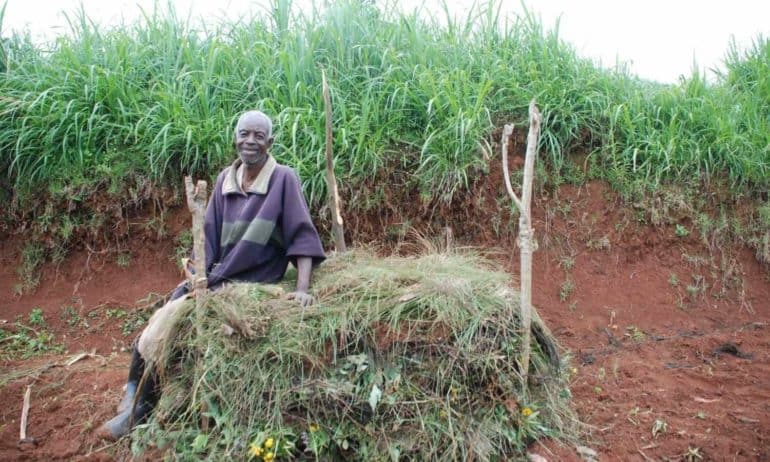In the United States, 34 million tons of food is wasted annually. For the average American family, that breaks down to about US$1,350 worth of food that ends up in the trash over the course of a year. On a global scale, the U.N. Food and Agriculture Organization (FAO) estimates that annually approximately one third of the food produced across the world for human consumption is lost or wasted. Meanwhile, world hunger remains an entrenched problem– daily, one in every seven people go to bed hungry and tens of thousands of children die from hunger. And that’s all without even considering the secondary impacts of food waste on the environment, including the production of a greenhouse gas- methane- when food decomposes in landfills. Fortunately, states like Vermont are leading the way in addressing food waste by requiring the diversion of food scraps from landfills.
Of the millions of tons of food waste the U.S. produces each year, only 3 percent is composted. Reducing food waste at the source is critical, but, according to the U.S. Environmental Protection Agency, composting is a highly effective means of managing what food waste is produced- reducing methane gas pollution and enriching the soil.
In 2012, Vermont went further than any other state in the nation to integrate composting into its statewide waste management system. Act 148 “Universal Recycling of Solid Waste” requires that by 2020, all food waste produced in the state be recycled or composted and prohibits the disposal of food waste in landfills. The law will be phased in over the coming years, starting with big food waste producers like manufacturers and hospitals, who will be required to compost all food waste by 2014.
Food diversion rates in Vermont have stubbornly hovered between 30 to 36 percent over the past decade. While Act 148 does not have penalties for not following the composting requirements, by prioritizing composting, and providing incentives and choices for companies and individuals to promote the diversion of food scraps from landfills, the Act will go a long way to increasing Vermont’s food diversion rates.













